Protein Guidelines
The new protein guidelines recently revised by the USDA offer great information and helpful tips! The protein foods group includes meat, poultry, seafood, beans and peas, eggs, processed soy products, and nuts and seeds.
The new dietary guidelines have encouraged more fish, recommended nuts and seeds, and really stressed lean protein choices to help counter the overwhelming obesity crisis in this country!
Some of the most helpful tips and information offered in the protein guidelines are:
- Eat a variety of protein per week, including at least 8 oz. of seafood. Choices should be lean, or low-fat to avoid high levels of saturated fat and increased cholesterol levels.
- The recommended protein amount is between 5 and 6 oz equivalents per day. This varies according to age and sex.
- A 1 oz equivalent of meat or fish is 1 oz., 1/4 cup cooked beans, 1 egg, 1T peanut butter, or 1/2 oz of nuts or seeds.
- These protein foods supply protein, B vitamins, Vitamin E, iron, zinc, and magnesium, which are all needed in your body.
- Proteins are the building blocks of your body, bones, muscles, cartilage, skin and blood, enzymes, hormones, and vitamins.
- The B vitamins help the nervous system to function and help form red blood cells and to build tissues.
- Fish contain the omega 3 fatty acids EPA and DHA which can help reduce heart disease.
- Peanuts, walnuts, almonds, and pistachios aid in a healthy diet. Eat smaller portions of them, because they are caloric but they may be included as part of a healthy diet.
*****
The protein guidelines recommend these tips when purchasing and preparing your protein choices:
- Choose the leanest beef choices which are round steaks and roasts, top loin, top sirloin, and chuck shoulder and arm roasts.
- Choose the leanest pork choices which are pork loin, tenderloin, center loin and ham.
- Choose the leanest ground beef, at least "90%" lean.
- Choose boneless, skinless chicken, and turkey breasts as they are the leanest.
- Choose lean luncheon meats.
- Trim all fat from meat before it is cooked.
- Broiling, grilling, roasting, poaching or boiling are preferred rather than frying.
- Drain all fat and avoid breading, high fat sauces and gravies that are caloric.
- Prepare beans and peas without extra fat.
- Eat seafood at least twice a week like salmon, trout, and herring.
- Choose beans, peas or soy as a main dish often like in chilies, stir-fries, soups, salads, burgers, or hummus on pita, Mexican meals, or baked beans.
*****
These are most of the healthy diet habits that are recommended in the new protein guidelines. A great lifestyle solution is to purchase less of the processed meats because they are loaded with chemicals.
Also, is it wise to purchase organic meats, whenever possible, to avoid added hormones and antibiotics that are used on factory farms. This is not always possible, but always good to do!
Facebook - Like This Page?
Facebook - Like This Site?
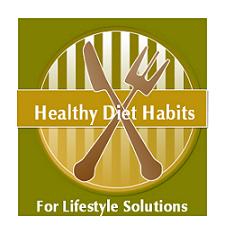
Please Check out my other Website!

US and Around the World - Includes the many Health Awareness Days/Weeks/Months
Lots of Food Holidays and Holiday Food Tips!!
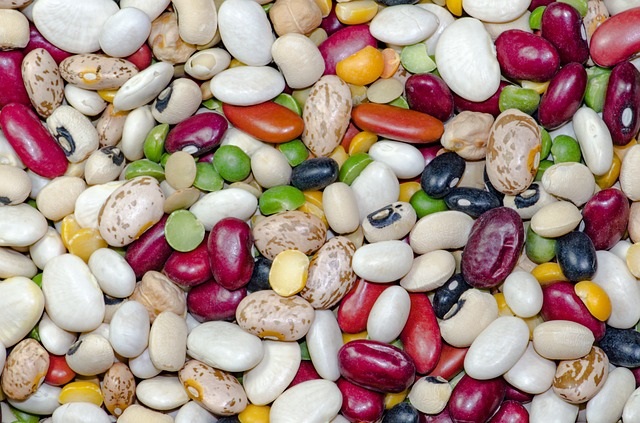
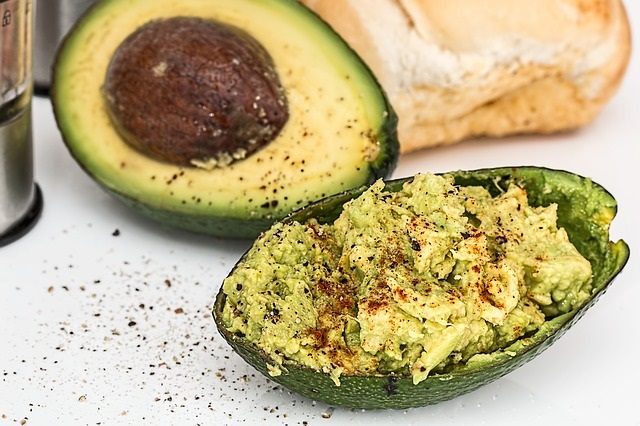
Healthy Pregnancy

Good Habits:
Bad Habits:
- Pregnancy and Alcohol
- Pregnancy and Autism
- Pregnancy and Chemicals
- Pregnancy and Fish
- Pregnancy and Teflon
- Stress and Pregnancy
See Also:
Main Dish Recipes

- Cauliflower Steaks
- Chicken Curry
- Enchilada Recipe
- Ham Cabbage Pasta
- Ham Pasta
- Lentils and Rice
- Rotisserie Chicken
- Salmon Cakes
- Sausage Veggie Pasta
- Tortilla Pie Casserole
- Tostada's
- Vegetarian Curry Recipe
- Vegetarian Fried Rice
- Zach's Gourmet Pizza

Meat, Dairy and Eggs



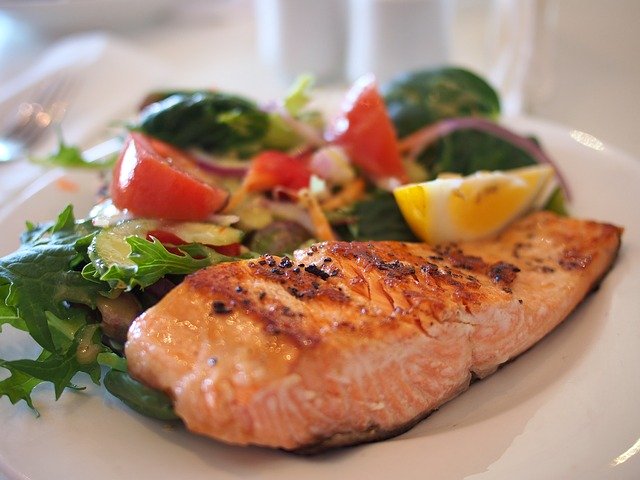

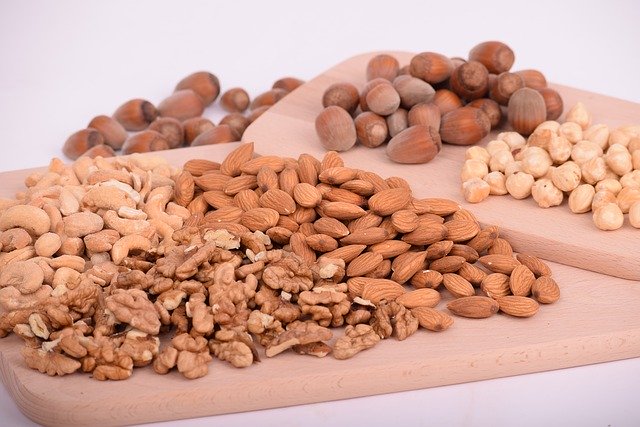






New! Comments
Have your say about what you just read! Leave me a comment in the box below.